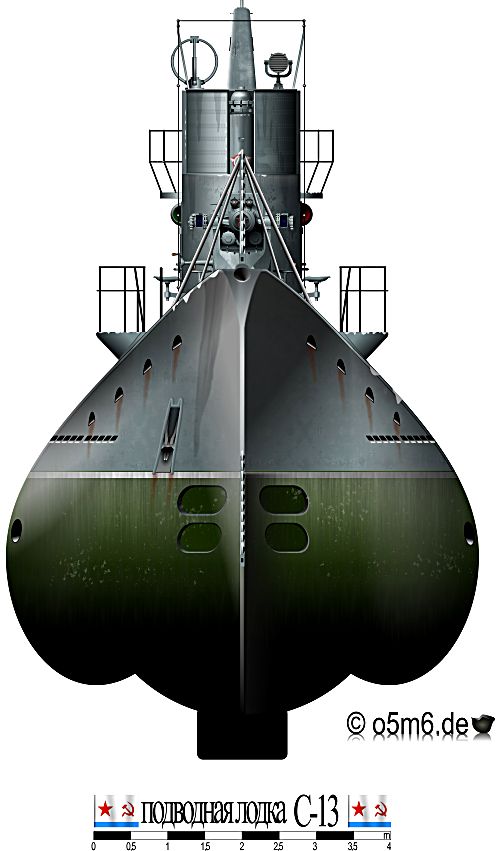
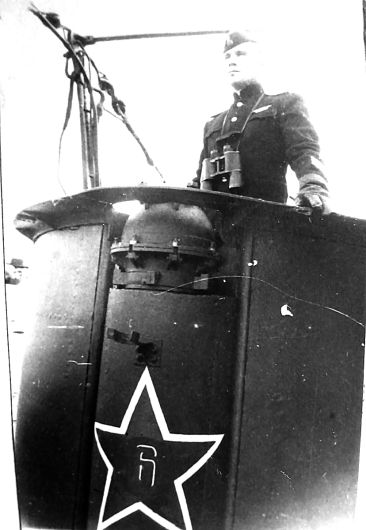
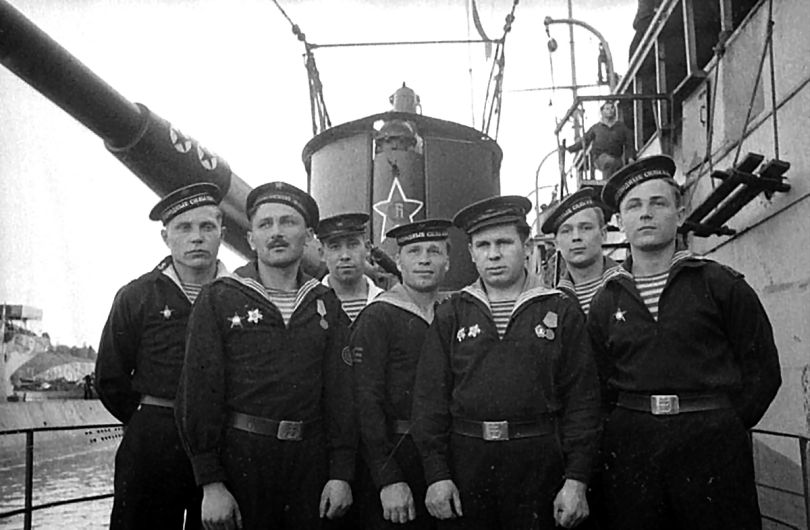
Due to the chaotic circumstances, the final number of passengers can only be estimated as a total of 10582, among them : 918 students of the 2nd U-Boot-Lehrdivision (enough to man 20-30 submarines), 173 crew members, 373 women from the auxiliary Marine Corps, 162 seriously wounded soldiers, and 8,956 refugees, mostly old men, women and children.
On January 30,1945, 12:30h, Wilhelm Gustloff together with two escort ships left Gotenhafen under the command of Captain Friedrich Petersen using the mine-safe channel "Zwangsweg 58".
Contrary to the recommendations to go zigzag to complicate the attack submarines, it was decided to keep a straight course at a speed of 12 knots, because the corridor in the minefields were not wide enough and the captains hoped to quickly get to safe water; moreover, the ship lacked fuel; besides, torpedoboat TF-19 returned to port, due to damages received in a collision with a reef, so the destroyer "Löwe" was the only escort left.
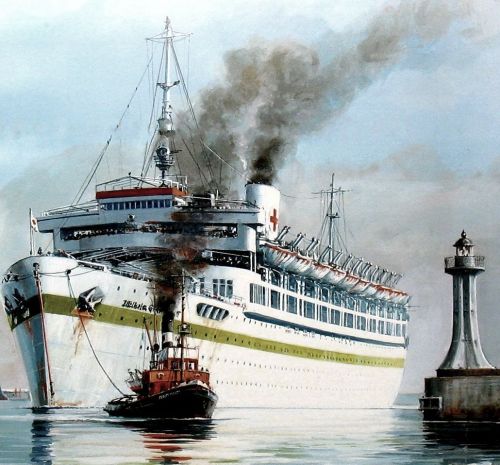
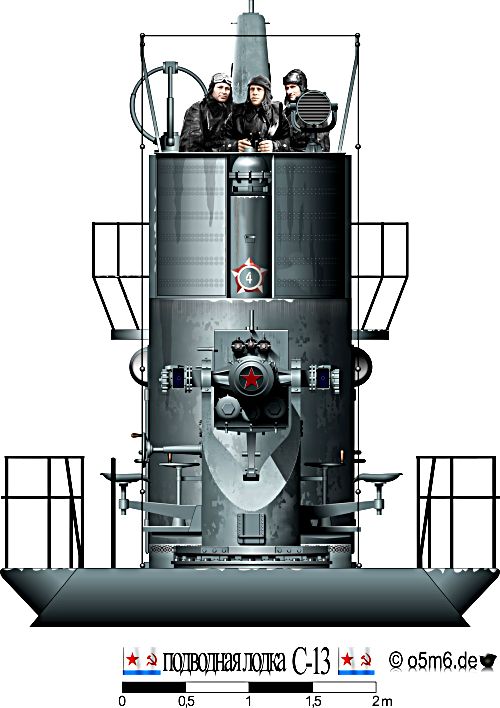

In fact, no minesweepers arrived, and the circumstances of the appearance of the radiographs remained unclear until now
By this time, the Soviet Navy submarine S-13, commanded by Lieutenant-Commander A. I. Marinesco, was crusing the sea for enemy transport ships from its Finnish base Turku.
The S-13 was a medium ("S" = "sredniy") class Series IXbis submarine built at Plant #112 "Red Sormovo" in 1938/9 with a crew of 42 and powered by two diesel engines.
It had already been successful on its two former sorties, and by the end of the war was the most successful Red Navy submarine in terms of sunken tonnage (44138 GRT).
As a sidenote, Commander Marinesco was accused and sentenced for having left his ship over New Years Eve 1945 for two days while lying in Turku, but the execution of the decision was suspended.
Thus, the P-13 was the only "penalty" submarine of the Soviet Navy.
Marinesco saw the bright lights of Wilhelm Gustloff and followed the ship for two hours on the surface, choosing the right position to attack.
At about 21:00h, C-13, coming from the side least expected, launched its first torpedo with the inscription "For the Motherland" ("Za Rodinu") from a distance of less than 1000 m, and then two more - "For Soviet People" "and" For Leningrad".
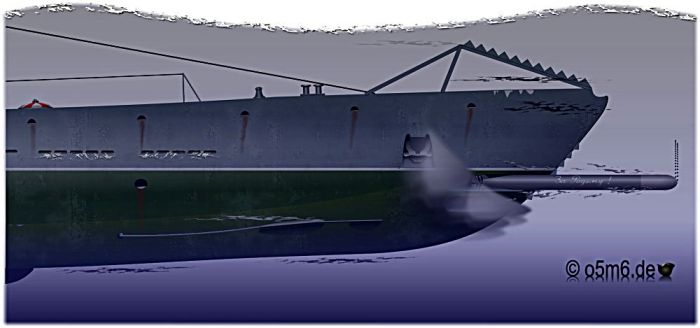
The fourth torpedo "For Stalin", got stuck in the torpedo tube and nearly exploded, but they managed to disarm, close the apparatus and immerse the hatches.
At 21:16 the first torpedo hit the bow of the ship, and later the second blew up the empty swimming pool, where the female naval auxiliary battalions were located, and the last hit in the engine room.
First passengers thought was that they ran into a mine, but Captain Petersen realized that it was a submarine, and his first words were: "Das wär's" (That's all).
Those passengers who were not killed by the three explosions drowned in the cabins or later in the icy sea.
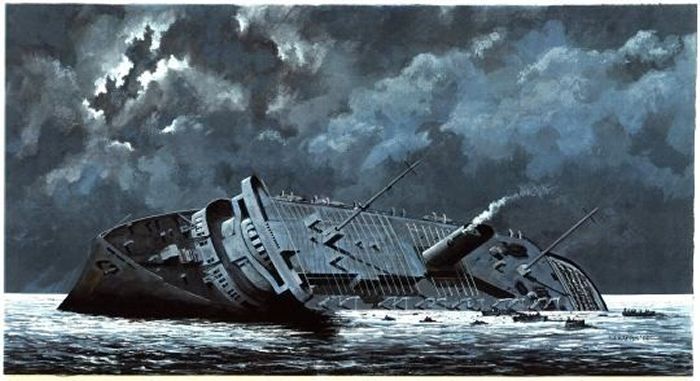

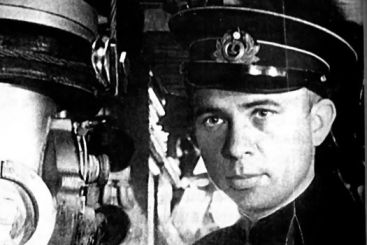
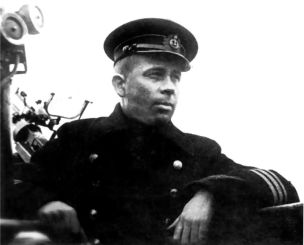
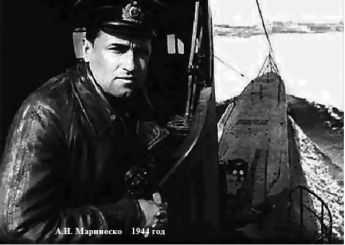

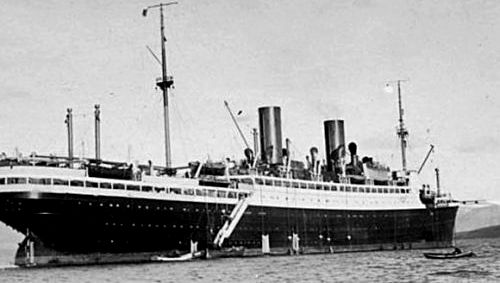
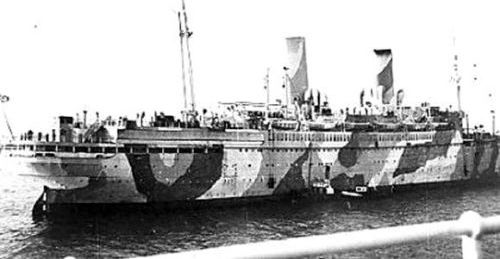
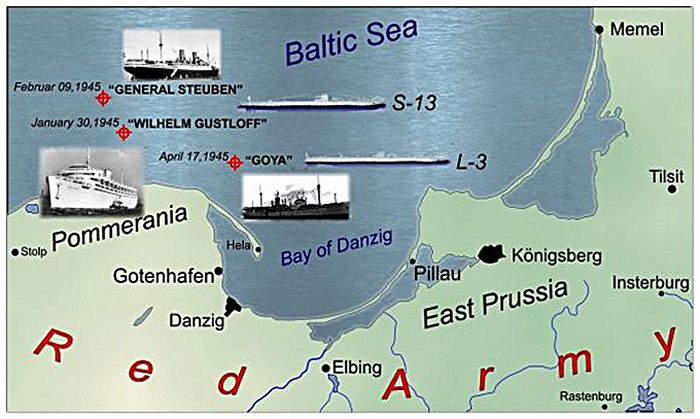
Until December 1944, "Steuben" had made 18 flights, evacuated a total of 26,445 wounded and 6694 refugees.
On that February 9, the ship went accompanied by the destroyer T-196 and minesweepers TF-10.
S-13 discovered the "Steuben" by the evening of February 9 and pursued it for four and a half hours.
Finally, at the night to February 10, it torpedoed the liner with two torpedoes fired from the stern tubes.
The ship sank 15 minutes later, killing more than 3,600 people with some 659 passengers rescued.
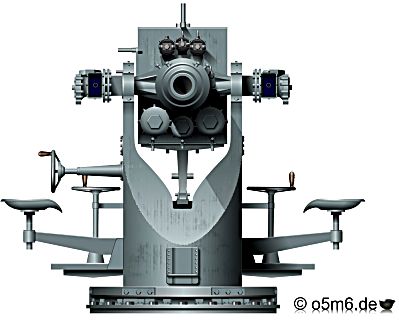
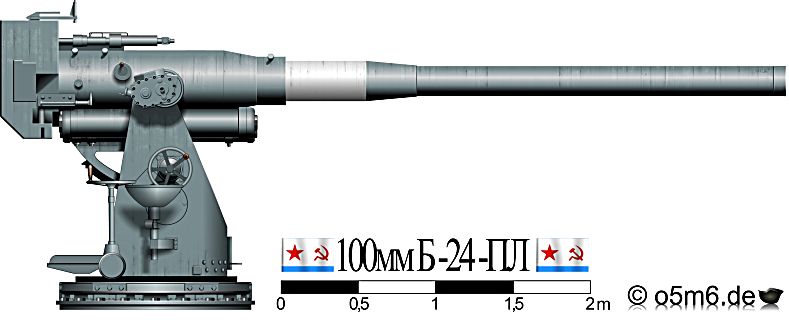
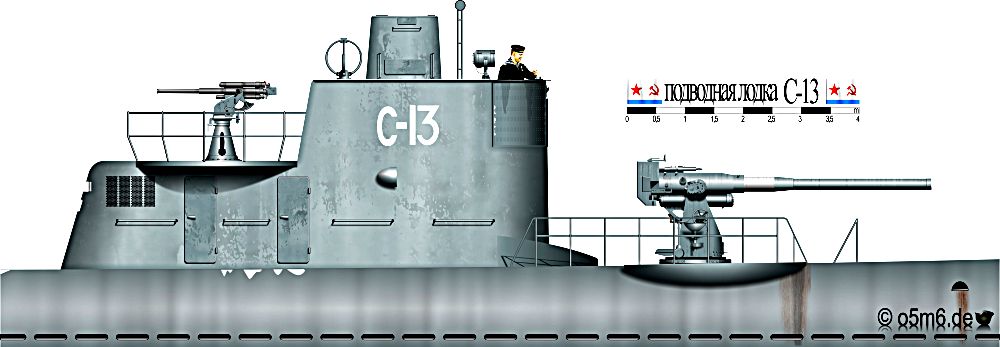
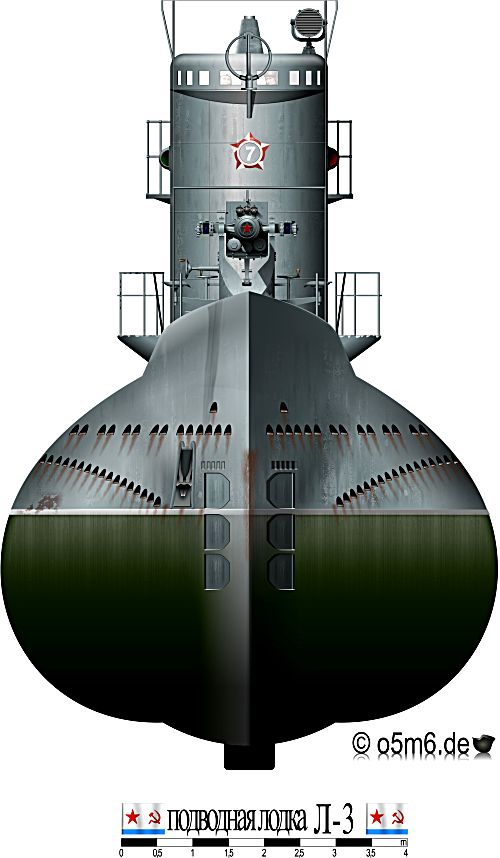
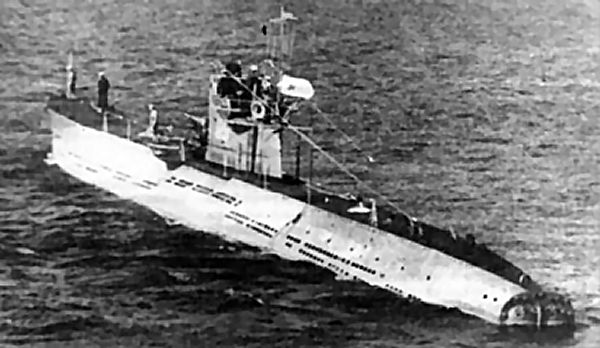
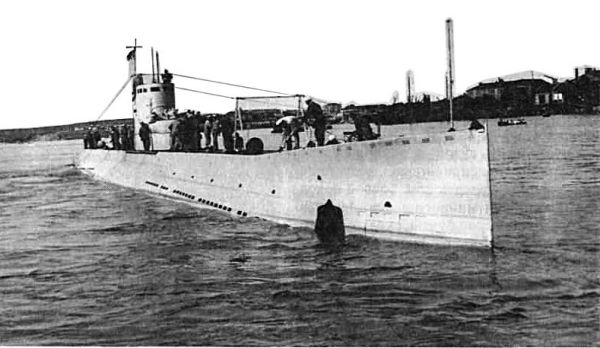
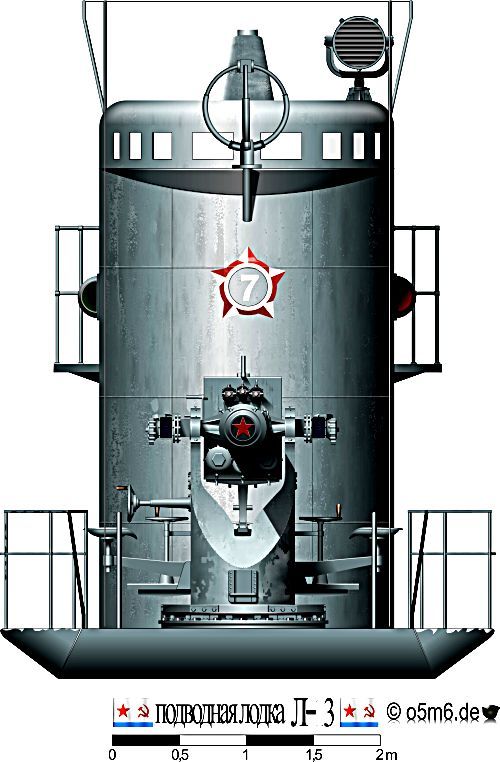
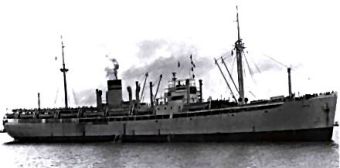
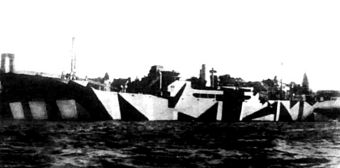
One of them was the 5230 GRT transporter "Goya" with some 7000 passengers, among them 1,500 men of the 4th Panzer Division, 385 wounded soldiers, and the rest civilian refugees.
The L-3 was a "Leninist" class Series II submarine built at the Baltic Shipyard #189 at Leningrad in 1929/31 with a crew of 54 and powered by two diesel engines.
Originally named "Bolshevik" and later "Frunzevets", it received its final name "L-3" in 1936.
It had already been successful on its former sorties, and by the end of the war was the most successful Red Navy submarine in terms of sunken ships (2 by torpedos, 9 by mines).
While pursuing the convoy on surface as the underwater speed was insufficient, Konovalov chose for target the largest ship, the transporter "Goya".
At 23:52h, L-3 released 2 torpedoes, both hitting the target which sank after only 7 minutes.
Out of the 7000 passengers, only 175 survived, resulting in one of the largest maritime disasters in history.

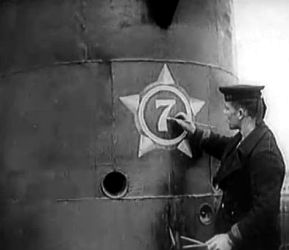
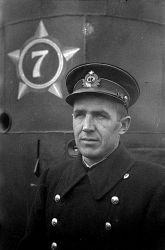

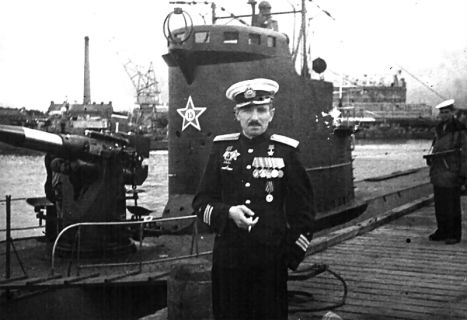
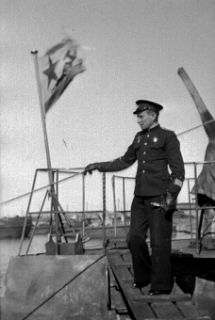
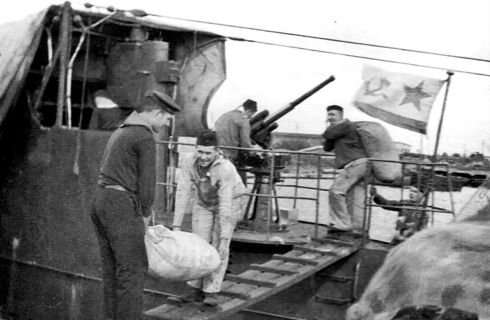
Right : Bringing supplies onboard, note rear bridge with 45mm 20-K AA gun
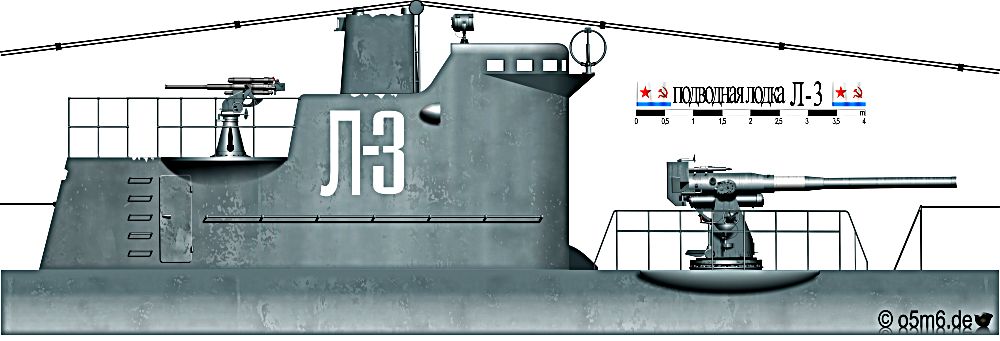
No publication in any form without the author's written permission.
Last Updated: March 26, 2016